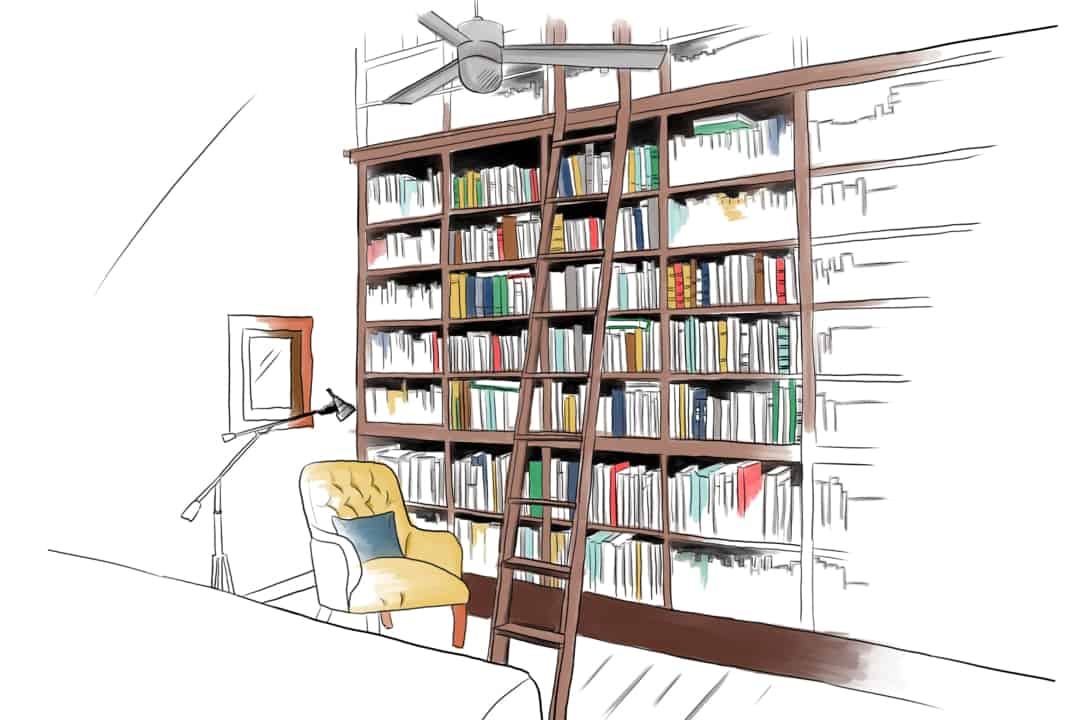The science-fiction genre is predominantly filled with Western writers. Therefore, when Chinese writer Liu Cixin’s trilogy opener The Three-Body Problem won the 2015 Hugo Award for Best Novel, it was incredibly exciting for Chinese sci-fi fans. The books have since been translated into over 17 languages and become available worldwide.
The story begins around 1966–1976, the era of the Chinese Cultural Revolution. Ye Wenjie, a young astrophysicist, witnesses the tragic death of her father and his friends, causing her to lose faith in humanity. Several years later, Ye is forced to serve the Red Coast in a secret base, searching for lifeforms outside of Earth. Eventually, she receives a message from the Trisolarans, an alien species that has just escaped a natural disaster on its planet in the Three-Body system.
Ye secretly invites the Trisolarans to invade Earth, but it is not until 50 years later that humans become aware of the immense peril coming to their planet. The trilogy’s main characters, Wang Miao, Luo Ji, and Cheng Xin, then play different roles in determining the future of humanity.
One of the key elements of the novel is the Dark Forest theory, which suggests that the universe is just like a dark forest. A civilization that exposes itself is similar, for instance, to a person who lights a fire in a dark forest. Seeing a suspicious light, other civilizations will view its creator as a possible threat and therefore try to eliminate the exposed civilization. The best way for a civilization to protect itself is to not declare that it exists at all. Survival is always the priority.
Suspicion and fear of the unknown is a part of human nature. The dark forest not only exists in the novel, but also in human history with different iterations of war, conflict, discrimination, and violence. Most of the emotions fuelling such actions originate from fear, and fear is usually generated by perceived differences. Liu has no qualms about showing this ugly side of humanity. Questions of the greater good, the necessity of individual sacrifice for achieving such a goal, and whether cannibalism can be justified in extreme circumstances are discussed throughout the books. Liu strives to present a neutral point of view, inspiring readers to think of and come to their own conclusions.
The book is also a hit for its merging of ancient Chinese culture with state-of-the-art technology. For instance, to explain the Trisolarans’ origin story, Liu creates a fictional virtual reality game that features historical figures from China, such as Emperor Wen of Zhou, Confucius, and Emperor Qin Shi Huang. Liu not only makes use of these famous names, but also their historical identities, giving readers a good peek into Chinese history and culture. The tension between Daoism and Confucianism, one of the biggest conflicts among Chinese philosophers, is also discussed throughout.
Liu gives his readers all the freedom to think and allows them to follow their own will, because there is no good choice or bad choice. People try to justify a choice with its consequence, yet the consequences of other choices have never been lived; they are unknown, and therefore one can never judge a decision as good or bad, right or wrong.


